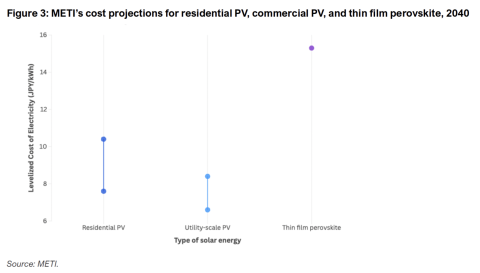Another expensive mistake by NTEC: Wasting more of the Navajo Nation's resources at Four Corners
Download Full Report
Key Findings
IEEFA's updated analysis of financial and plant operating data shows Four Corners is not—and never will be— a profitable investment for anyone
NTEC's purchase of the Public Service Company of New Mexico's stake in coal-fired Four Corners Power Plant would expose it to six potentially crippling risks
Losses would be in addition to purchase price and costs NTEC would face for additional environmental clean-up costs at Four Corners plant or fuel-source Navajo Mine.
Executive Summary
In July 2018, the Navajo Transitional Energy Company (NTEC) acquired a 7% ownership
share in the coal-fired Four Corners Power Plant (Four Corners) from Arizona Public
Service Company (APS). APS had purchased the 7% share from El Paso Electric
Company, which dropped out at the end of 2013.
IEEFA evaluated NTEC’s 2018 initial acquisition of a piece of Four Corners in a report, A Bad Bet: Owning the Four Corners Coal Plant is a Risky Gamble. In that report, IEEFA concluded that NTEC was likely to incur significant financial losses due to its ownership stake in Four Corners because the plant was becoming an increasingly unreliable and expensive source of power, especially when compared to the wholesale cost of buying electricity at the Palo Verde
Hub and the declining prices of renewable solar power purchase agreements (PPAs).
It appears NTEC is now seeking to purchase a larger stake in Four Corners, as revealed at a Navajo Nation Council meeting during the week of June 1, in which Public Service Company of New Mexico (PNM) was said to be planning to sell its 13% share to NTEC.
Four Corners has two remaining operating units, 4 and 5, each of which has a full
power net capacity rating of 770 megawatts (MW). Four Corner Units 1-3 were
retired at the end of 2013. Four Corners now has five owners: APS owns 63% of the
plant; PNM owns 13%; Salt River Project (SRP) 10%; Tucson Electric Power (TEP)
7%; and NTEC 7%. If the transaction with PNM proceeds, NTEC would become the
second-largest owner with a 20% share.
APS, SRP and TEP were part of the ownership group that closed the Navajo
Generating Station (NGS) at the end of 2019 “because of the rapidly changing economics of the energy industry, which has seen gas prices sink to record lows and become a viable long-term and economic alternative to coal power.” These same changing industry economics (including the rapid growth and declining cost of renewables) that led to the closure of NGS also have led PNM, TEP and the other owners of the San Juan Generating Station to decide to close that plant in 2022, and have led PNM to want as early an exit as possible from Four Corners.
IEEFA has analysed the financials again, and our updated analysis of financial and plant operating data shows clearly that Four Corners is not—and never will be— a profitable investment for anyone. IEEFA estimates that NTEC is likely to incur losses of at least $350 million to $400 million between 2021 and 2031 if it acquires PNM’s share. These losses do not include any purchase price that NTEC would have to pay or any additional environmental clean-up costs (at either the plant or at its fuel-source Navajo Mine) it would have to assume.
The Navajo Nation Council has made it clear that it does not want to be further burdened financially by NTEC actions to bail out coal facilities. In March 2019, the Council announced it would not provide any financial guarantees pertaining to NTEC’s proposed acquisition of Navajo Generating Station and Kayenta Mine in Arizona. The Navajo Council subsequently denied NTEC's ability to use Nation assets as collateral for its reclamation bonds in its ill-advised purchase of coal mines in Montana and Wyoming from bankrupt Cloud Peak Energy.
If NTEC were to buy the PNM stake in Four Corners, it would be doing so in the face of six potentially crippling risks: The advanced age of the plant; the long term decline in electricity production at the plant; competition from low gas prices; growing competition from lower-cost renewable energy; the high cost of producing power at Four Corners; and exposure to liabilities from water pollution and coal ash.















